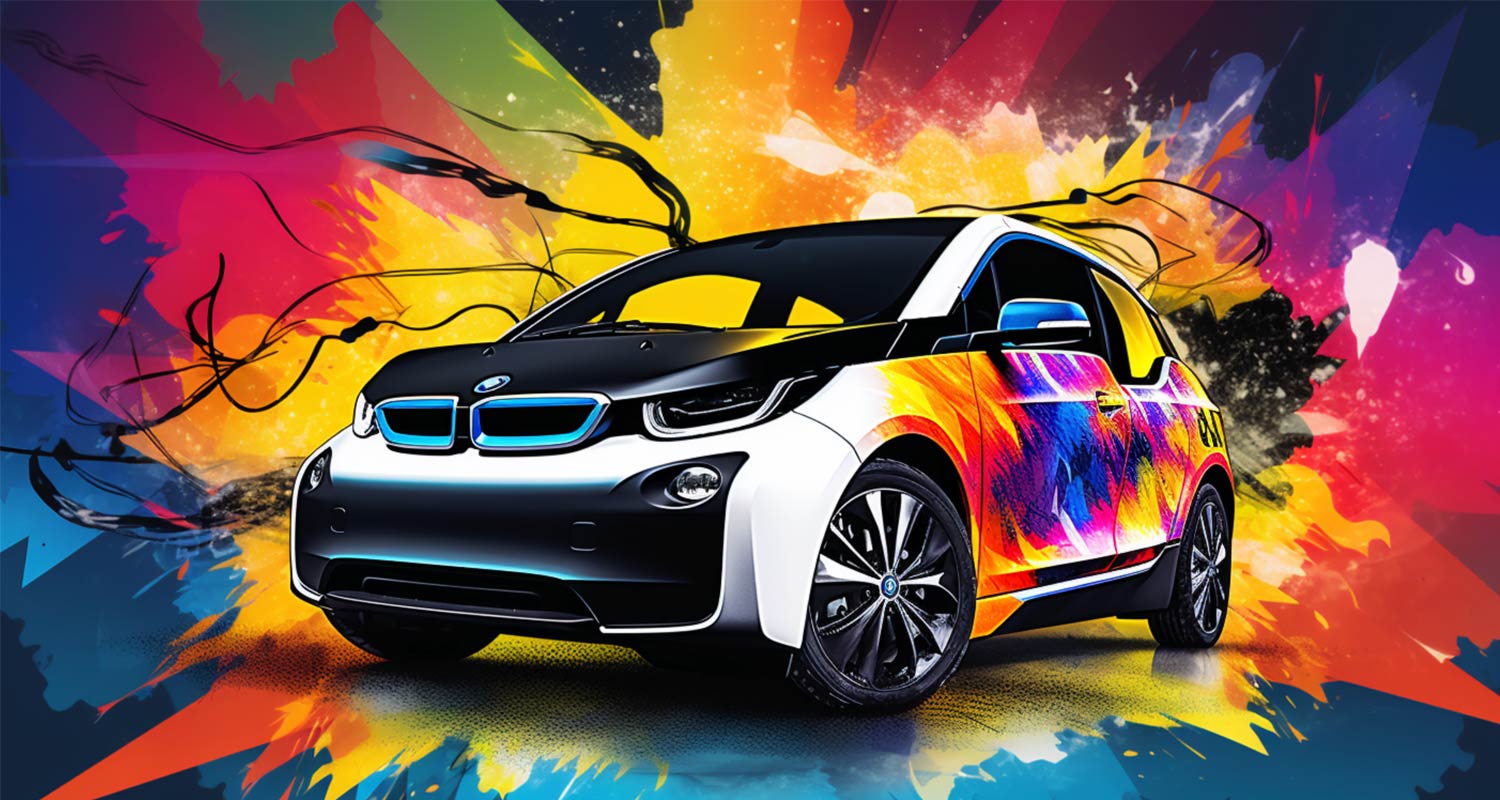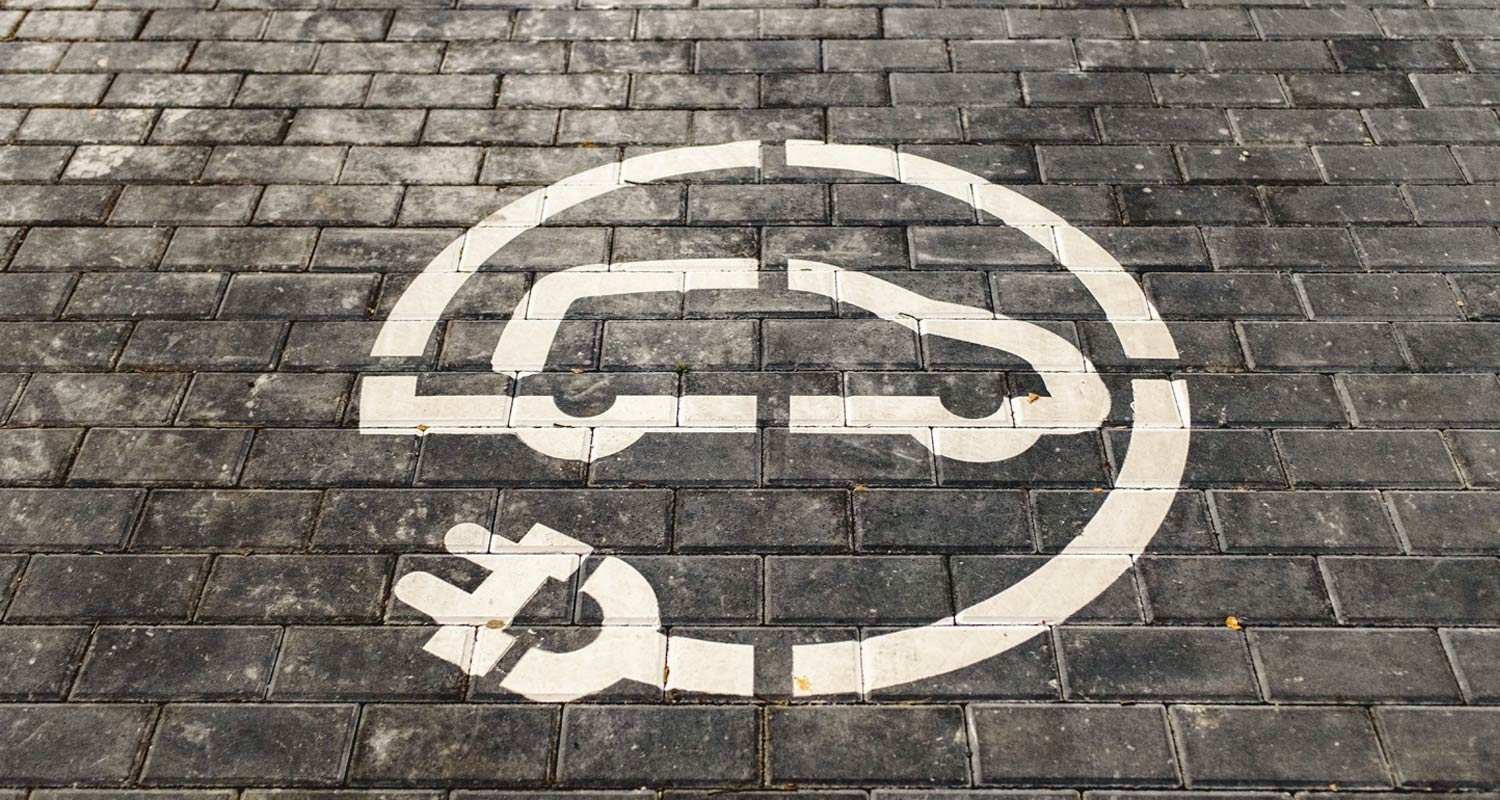
The shift away from cars with dirty combustion engines is running into a new hurdle: drivers don’t want to buy used electric vehicles, and that’s undermining the market for new ones, too.
In the US$1.2-trillion second-hand market, prices for battery-powered cars are falling faster than for their combustion-engine cousins. Buyers are shunning them due to a lack of subsidies, a desire to wait for better technology and continued shortfalls in charging infrastructure. A fierce price war sparked by Tesla and competitive Chinese models is further depressing values of new and used cars alike, threatening earnings at rivals like Volkswagen and Stellantis.
Because most new vehicles in Europe are sold via leases, car makers and dealers who finance these transactions are trying to recover losses from plummeting valuations by raising borrowing costs. That’s hitting demand in some European markets that were in the vanguard of the shift away from fossil fuel-powered propulsion. Some of the biggest buyers of new cars, including rental firms, are cutting back on EV adoption because they’re losing money on resales, with Sixt dropping Tesla models from its fleet.
“When a car loses 1% of its worth, I make 1% less profit,” said Christian Dahlheim, who heads VW’s financial services arm. The issues with second-hand EVs, he said, have the potential to destroy billions of euros in earnings for the broader industry.
The problems are expected to intensify next year, when many of the 1.2 million EVs sold in Europe in 2021 will come off their three-year leasing contracts and enter the second-hand market. How companies tackle this problem will be key for their bottom lines, consumer confidence and ultimately decarbonisation — including the EU’s plan to phase out sales of new fuel-burning cars by 2035.
“There isn’t used-car demand for EVs,” said Matt Harrison, Toyota’s chief operating officer in Europe. “That’s really hurting the cost-of-ownership story.”
Companies can funnel battery-powered cars into mobility offerings and ride-sharing start-ups, but there’s limited demand from these businesses. Unwanted combustion cars often end up in Africa, where their poor state causes pollution issues. That market is largely shut to EVs because it has no viable infrastructure to charge them.
Cautionary tale
China offers a cautionary tale. Lucrative subsidies turned the country into an EV giant, but also produced weed-infested graveyards of abandoned battery-powered vehicles. Any similar eyesores in Europe or the US may strengthen calls from conservative politicians to roll back aid for the industry, with key elections coming up in the US and Europe in 2024.
Warning signs around EVs appeared early this year when Tesla started aggressively cutting prices in an effort to prop up sales. That sparked a price war as other manufacturers followed, eating into profitability for some and pushing up already steep losses for others.
Prices for second-hand EVs slumped by around a third in the year through October, compared with a decline of just 5% in the overall used market, according to sales data from iSeeCars.com, a website that ranks cars and dealers. Used EVs take longer to sell than petrol models even after significant price cuts, the group said.
Read: South Africa likely to produce its first electric car in 2026
In Germany, Europe’s biggest car market, most new vehicles are first sold as company or fleet cars and then re-enter the private second-hand market one to three years later. But with orders even for new EVs slowing, more and more used models are sitting on lots longer than 90 days, meaning they’ve become “risk inventory”, according to the Deutsche Automobil Treuhand market researcher.
“One has to slash prices significantly just to get customers to look at EVs,” said Dirk Weddigen von Knapp, who heads a group representing VW and Audi dealers.
 Part of the problem is that the industry is handling second-hand EVs for the first time. While combustion-engine cars can be quickly valued via their age and mileage, there are no tests in widespread use that determine the quality of a battery, Weddigen von Knapp said. The battery represents around 30% of an EV’s value, a share that is expected to decline in the coming years, according to BloombergNEF.
Part of the problem is that the industry is handling second-hand EVs for the first time. While combustion-engine cars can be quickly valued via their age and mileage, there are no tests in widespread use that determine the quality of a battery, Weddigen von Knapp said. The battery represents around 30% of an EV’s value, a share that is expected to decline in the coming years, according to BloombergNEF.
To be sure, some EVs are performing well years after their introduction, with less-than-expected battery degradation, said Mike Tyndall, an analyst at HSBC. Teslas can sell quickly in the second-hand market because of the brand’s reputation as a technology leader and its regular wireless software updates. The quirky i3 electric car BMW introduced a decade ago has even developed a cult following.
Still, most consumers remain reticent about buying used EVs. Manufacturers are already working on new battery technologies including solid-state that promise cheaper cars with longer ranges and faster charging. The likes of Mercedes-Benz and BMW have announced plans to introduce several next-generation EVs around mid-decade, while Volkswagen, Stellantis and Renault are developing models costing €25 000 or less.
Read: Hurry up and wait – South Africa delays EV policy to 2024
Ayvens, a fleet management company handling around 3.5 million vehicles, said the uncertainty around EV technology will convince more customers to lease rather than buy — accelerating a shift away from owning a car to driving it for a fee.
“EVs are a booster of the transition of ownership to usership,” said Annie Pin, Ayvens’ chief commercial officer. — Monica Raymunt, with Craig Trudell, (c) 2023 Bloomberg LP



